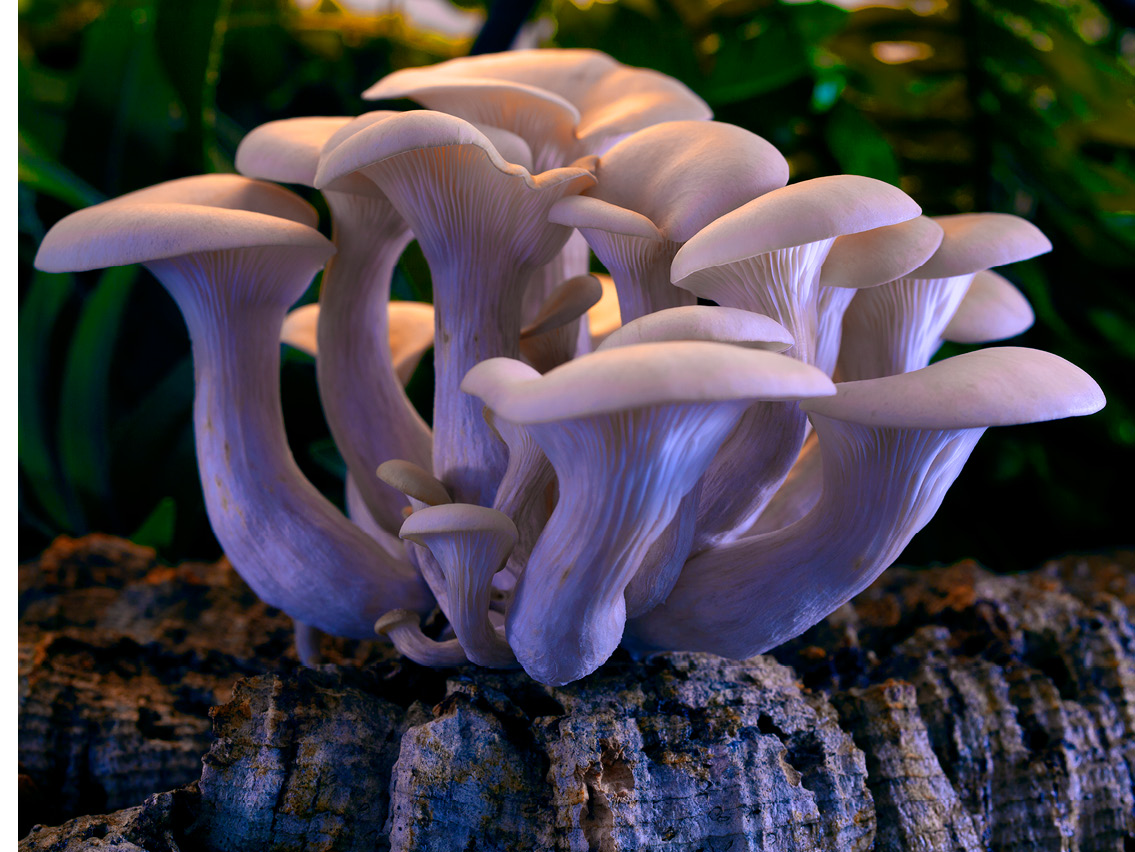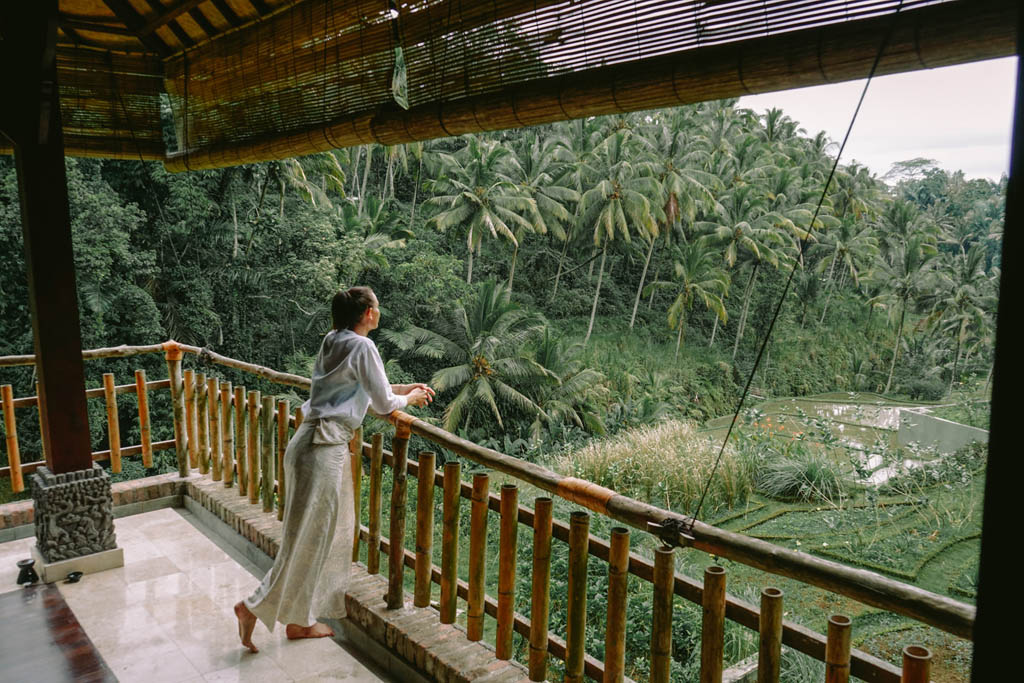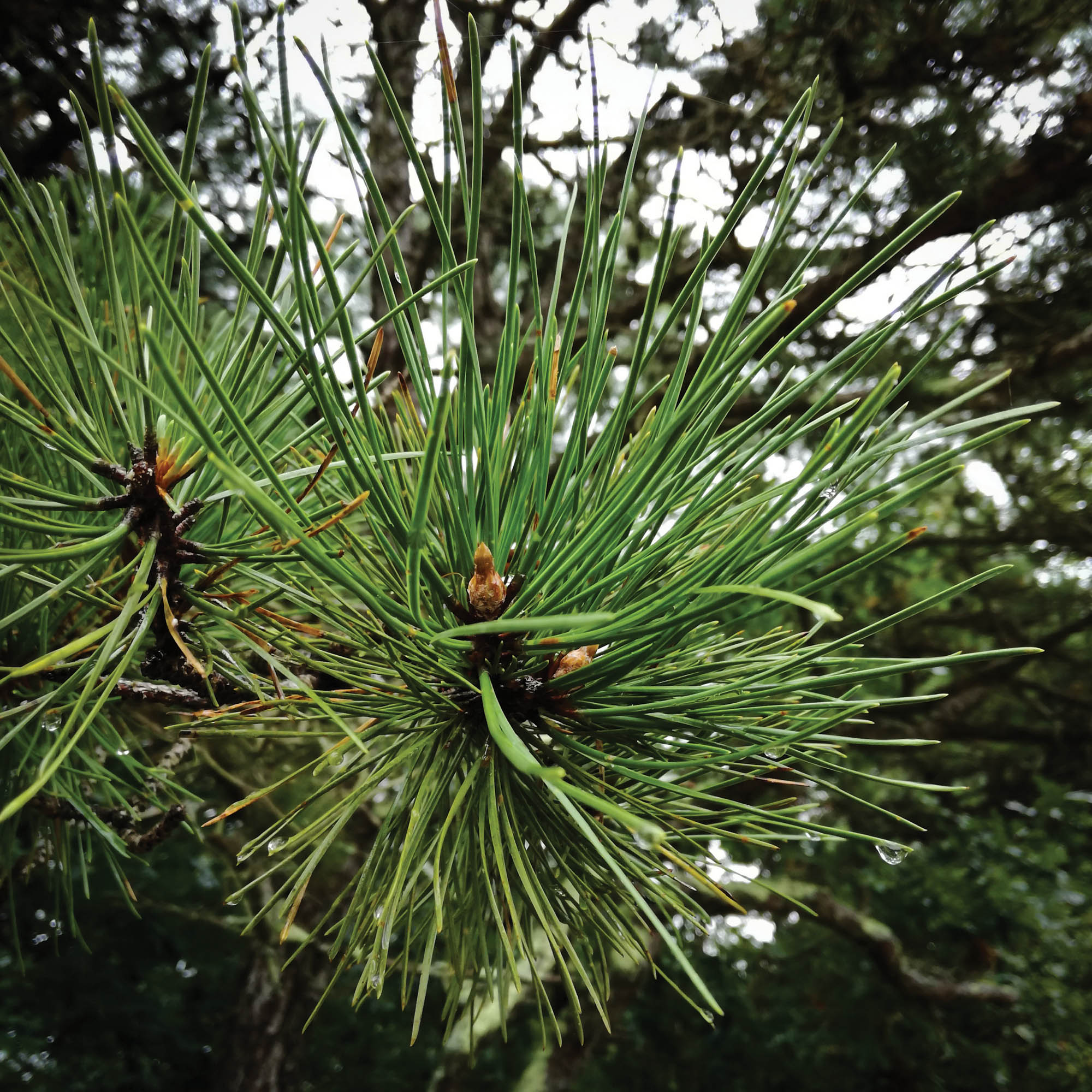It’s that time of the year again when the Global Wellness Summit (GWS) releases its highly anticipated annual trends report. Some of the highlights include the reshaping of urban landscapes and planning to create healthier communities, the rise of communal social clubs to create a sense of belonging, and hyper-indigenous wellness travel – where we return to the origins for deeper knowledge about the land and ourselves. Simply put, our future looks positively inspiring, uplifting, social – and fun! Let’s get started…
Wellness + Cities: Urban Infrastructure Just Might Save Cities
This trend co-authored by the co-founder of NYC’s High Line, Robbie Hammond, shines a light on the strong relationship between the health of a population and the strength of the economy. The importance of building an accessible urban wellness infrastructure to accelerate cities and develop healthier, happier city dwellers.
There’s no doubt the recent pandemic served as a wake-up call on just how unwell our cities are, sparking a new recognition of the inextricable relationship between the health of the cities and the health of city dwellers. For instance, if your parks and public spaces are made unsafe by crime, do they really serve a wellness purpose?
City planners are increasingly considering wellness as a key element of city life. The American Planning Association now advocates and embraces a broad view of wellness that encompasses wellness principles like community, belonging, and resilience.
Urban wellness infrastructure is no longer perceived as a luxury—it’s a necessity.
The High Lline Manhattan is a pioneering example of this trend—a wellness destination in its own right, where people exercise, socialize, meditate, and celebrate art, yoga and events in the heart of the city.
The High Line has since inspired over 60 such projects across America.
In Singapore, the government is positioning the city to be a “urban wellness haven,” while in Monterrey, Mexico, a successful collaboration between private and public organizations, DistritoTec, has created a thriving new community with wellness at its core.
In a nutshell, cities must become places not to survive but to thrive.

Jewel Changi Airport is a mixed-use development at Changi Airport in Singapore that opened on 17 April 2019.
Wellness + Travel: From Global Smorgasbord to Hyper-Indigenous
Pack your bags – indigenous travel and returning to the source is the big travel trend for 2023.
New York Times columnist, Elaine Glusac, takes a deep dive into this emerging trend in travel. She says while we have been celebrating cross-cultural wellness some time now (yoga from India is worldwide and ayahuasca retreats have long departed their Amazonian homelands), we now crave more deeper cultural experiences. People want to go the origins of ancient healing to receive knowledge about how to care for the land and themselves.
Community-led Indigenous travel offerings are surging—from the boreal forests of Canada to the Australian Outback—and speak deeply to travelers seeking inclusive, sustainable and regenerative travel experiences. The fast-mounting interest includes Indigenous wellness practices, from purification ceremonies to food and nutrition.
In Japan, traditional ryokans, or hot springs inns, are going through an incredible renaissance.
There are reportedly over 457 million indigenous people living in around 5,000 indigenous communities. We increasingly want to engage with our First Nations people as we know they have deep and ancient knowledge to share that may just help us save our planet earth – and ourselves.
![]()
Wellness + Gathering: Wellness Comes for the Loneliness Epidemic
We *know* loneliness is skyrocketing; that it kills; that the #1 predictor of health and happiness is relationships.
Written by Beth McGroarty, VP of Research and Forecasting of the Global Wellness Institute (GWI) and the Global Wellness Summit (GWS), this trend looks at how wellness will help solve the global loneliness crisis.

Peninsula Hot Springs – Bath House – Hilltop
Social wellness clubs are said to be the fastest growing genre in wellness – bringing people together in real life where connection comes first and the wellness experiences serve as social ice-breakers. Brooklyn’s Gaia NoMaya is a 7,000 square foot ssocial oasis who brings people together through the power of healing. – From sound baths to cacao ceremonies, immersive art and more.
SoulCyle founders are launching Peoplehood, a new relationship fitness model focusing on community ‘modern medicine for the loneliness epidemic’. One-hour gatherings will be led by trained guides gifted in the art of connection who ignite deeper and meaningful group conversations. Othership from Toronto is dedicated to building emotional wellbeing through communal breathwork, sauna bathing and ice baths. They will open in New York this year.
Gym and fitness studios are embracing social life. Examples are La’s Remedy Place that reimagines the gym to promote social connection with DJ, cinema nights and a tea bar that bring people together. Also in LA is Heimat, a new luxury gym-social-wellness club themed around ‘belonging’ that blends deep fitness, sauna, and spa with rooftop bathing, bar and restaurant and co-working spaces.

Six Senses Place, London
Hotel and resort brands are embracing social as a wellness offering. Six Senses (www.sixsenses.com) will open their first urban wellness club in London this year followed by other destinations including New York. The membership-only club will bring together high-tech preventative wellness programs with bathhouses, yoga and dance studios, art and social events – meet monks from Bhutan and drink kombucha vodka together at the bar!
With human “communication” having devolved into emojis, the wellness world will now teach us how to connect and empathize more deeply.
Wellness + Water: Blue, Hot, and Wild
According to spa & wellness writer and consultant, Jane Kitchen, we will be jumping into the world’s wild waters for some “blue wellness”!
What fun!
There’s a surge in wild, cold swimming, hiking and wild swimming as well as cross-country swimming for health and rejuvenation. Once the domains of serious athletes, wild swimming groups foster connection. Alongside this, global resorts are offering guided wild swimming programs—such as New York’s Mohonk Mountain House
(www.mohonk.com).
There are reportedly over 50 hot spring projects underway around the world that celebrate a new era in socializing. Already many house bars offer music and events that make this wonderful wellness experience fun, social and affordable. Developers are now blending traditional soaking with live entertainment, watery wellness classes, and restaurants and bars.
The future of wellness and nature immersion is blue, hot, cold and wild!

Therme Group
Wellness + Sports: New Business Models for Hospitality
According to Lisa Starr of Wynne Business, we are going to see new, creative, profitable intersections between sports and wellness.
With the impact of the global sports market is predicted to hit $20 billion by 2027, savvy hospitality brands are looking beyond the basement gym, in search of pro-athlete-level equipment, fitness classes and wellness programming, whenever and wherever they travel. Some hotel brands are even creating facilities that cater to entire amateur or professional sports teams, expanding the function of the hotel and ensuring professional quality for the rest of us. Businesses that support this trend may well become the go-to brands for future generations.
Hotel brands like Kerzner International Holdings, owner of the Atlantis Resort and One&Only Resorts, are launching new concepts such as immersive global lifestyle brand SIRO, a “fitness and recovery hotel.”
Wellness + Senses: Multisensory Integration
Advances in neuroscience and neuroaesthetics confirm that, when combined, the senses elevate our human experience. Nature is multisensory and it turns out, so are we.
Award -winning Neuroscientist and Sensory Designer, Ari Peralta, looks at how brands are accessing multiple senses simultaneously to better support wellbeing outcomes, amplify wellness experience and influence behavioral change—think using multiple sensory cues, in a harmonious way to deepen meditation.
Brands are using multisensory integration as an approach to deepen and amplify felt experiences. From wellness brands to spas and retailers, they are experimenting with playful combinations of light and sound, light and taste to build connection and more meaningful moments.
In Saudi Arabia, the AIUIa Wellness Festival has curated a 360-degree multisensory event, allowing visitors to stimulate and elevate all five senses amidst ancient and stunning surroundings, while Six Senses has teamed with mycoocoon to create a synesthetic dining experience, enabling guests to “taste” color and sound.
![]()
Another trend featured in the report is Wellness + Workplace. From extended, company-vacations and the “right to disconnect” from emails after hours; employers are making in-person time count, with memorable offsites and gatherings at wellness resorts and social wellness clubs (meetings held in ice baths are officially a thing).
Psychedelics are also entering the workspace, with brand Enthea set to launch ketamine therapy as a workplace benefit across the US this year. The workplace wellness reform is well underway, and it’s set to change everything from how we connect with coworkers to what we look for in a job.
Finally, the report shines a spotlight on Wellness + Governments and how wellness policies focused on prevention more than cure are evolving and strengthening. More governments are moving from knowing to action with policies aimed at improving physical, mental, work, environmental and financial wellbeing – from healthy eating campaigns to funding regenerative agriculture and biodiversity protection.
Portugal and other countries have taken aim at difficult work-life balance with new “right to disconnect” laws, banning employers from contacting workers after work hours. Japan has launched a national project spanning a host of wellness objectives, with a focus on boosting the healthspan of its aging population. More than 85 countries have legislated against sugary beverages. New York City’s mayor office just invested $44 million to train 200,000 doctors and nurses on how to use preventative “lifestyle medicine.”
In a nutshell: health communities create prosperous cities!
These are just a handful of the wellness trends highlighted in this year’s Future of Wellness 2023 report. The report features insights from urban futurists, wellness companies, economists, journalists, authors trend spotters, doctors, investors, academics and technologists. Access the full report here: www.globalwellnesssummit.com/2023-global-wellness-trends
About the Global Wellness Summit:
The Global Wellness Summit is an organization that brings together leaders and visionaries to positively shape the future of the $4.4 trillion global wellness economy.
Judy Chapman is an International Spa Designer and consults for hotel, spa and wellness brands around the world including Menla Mountain Retreat in the USA. Judy also develops white label skincare products for spas and individuals. She is the former Editor-in-Chief of Spa Asia magazine and author of several books on wellness and spas. Judy is currently based in Byron Bay, Australia. www.judychapman.com.au





Leave a Reply